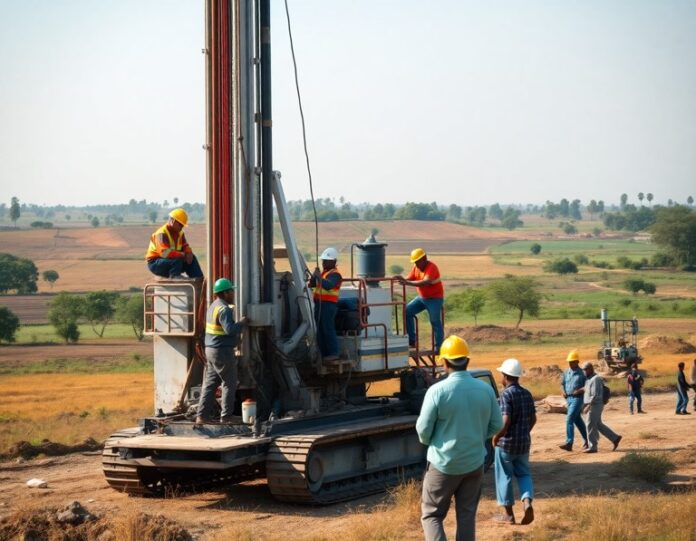The central government has approved exploratory drilling for oil and natural gas within a protected wildlife sanctuary in Assam, a decision that has sparked a heated debate among environmentalists, policymakers, and local communities. The move aims to bolster India’s energy independence but raises serious questions about the environmental and ecological costs of such projects.
The Sanctuary in Focus
The site of the proposed drilling is located in a biodiversity-rich wildlife sanctuary in Assam, home to several endangered species, including the one-horned rhinoceros, leopards, and numerous migratory birds. This sanctuary also plays a crucial role in maintaining the ecological balance of the region, acting as a green lung and water reservoir.
The sanctuary’s dense forest and unique ecosystem have made it a hotspot for conservation efforts. Environmentalists worry that drilling activities could disrupt the habitat, lead to deforestation, and negatively impact the flora and fauna.
Government’s Rationale
The central government’s approval comes as part of its broader strategy to enhance domestic energy production and reduce dependence on imports. With global energy prices fluctuating and demand rising, the government argues that tapping into untapped reserves is essential for economic stability and energy security.
A senior official from the Ministry of Petroleum and Natural Gas stated, “The project has been thoroughly assessed, and all necessary environmental safeguards will be implemented. Our aim is to balance development with conservation.”
Environmental Concerns
Despite these assurances, environmental groups and activists have raised alarm over the potential risks associated with drilling in ecologically sensitive areas. Key concerns include:
- Habitat Destruction: Drilling operations require clearing large tracts of forest land, which could lead to habitat fragmentation and displacement of wildlife.
- Pollution Risks: Oil and gas extraction involves the use of chemicals that could contaminate nearby water bodies, affecting both wildlife and local communities.
- Noise and Light Disturbance: The presence of machinery, vehicles, and drilling operations could disrupt the natural behaviors of nocturnal and migratory species.
“This decision undermines decades of conservation efforts in the region,” said an environmentalist from a local NGO. “The government should prioritize renewable energy over fossil fuels.”
Community Reactions
The local communities living around the sanctuary are divided on the issue. While some welcome the project for the potential economic opportunities it brings, others fear it will disrupt their traditional livelihoods and harm the environment they depend on.
“We hope the project will create jobs for our youth,” said a resident of a nearby village. However, another villager expressed concerns, stating, “If the forest is destroyed, what will happen to the animals and our agriculture?”
Legal and Policy Implications
The project’s approval has also sparked discussions about the legal frameworks governing such activities. Critics argue that drilling in a protected sanctuary violates existing environmental laws and international commitments to biodiversity conservation.
“The government must conduct a thorough environmental impact assessment (EIA) and ensure public consultation before proceeding,” said a legal expert. “Fast-tracking such projects without transparency sets a dangerous precedent.”
Possible Mitigation Measures
To address environmental concerns, the government and the involved companies have pledged to implement mitigation measures, including:
- Conducting detailed EIAs to identify and minimize ecological damage.
- Reforestation initiatives to offset deforestation.
- Establishing wildlife corridors to ensure safe movement for animals.
- Continuous monitoring and reporting to ensure compliance with environmental regulations.
However, critics remain skeptical about the effectiveness and enforcement of these measures.
The Broader Context
The approval comes at a time when India is grappling with the dual challenge of meeting its energy needs while adhering to its commitments under the Paris Agreement to combat climate change. Balancing development with environmental sustainability remains a complex and contentious issue.
Conclusion
The decision to allow oil and gas exploratory drilling in Assam’s wildlife sanctuary highlights the ongoing tension between development and conservation. While the project promises economic benefits and energy security, it also poses significant risks to one of the country’s most treasured ecosystems. As the debate unfolds, it underscores the need for a more sustainable approach to development that prioritizes long-term ecological health over short-term gains.




